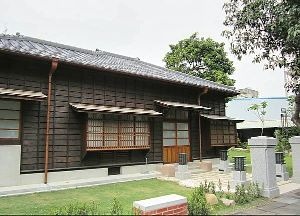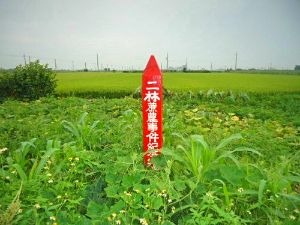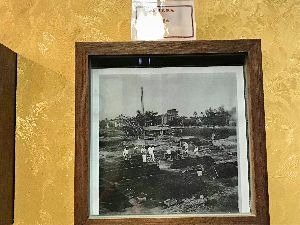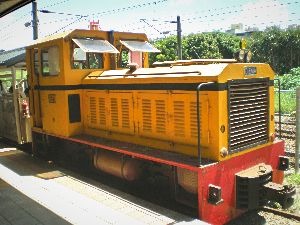The oppressed sugar-cane farmers
During the period of Japanese rule, the Japanese ruled Taiwan. In order to carry out the policy of "industrial Japan, agricultural Taiwan" and create a "sugar empire", they spared no effort to produce sugar in Taiwan. The Japanese government established various systems to manipulate the sugar growers and implemented many policies such as the "harvesting area system" and the "sugar production incentive law" to extract the hard work of the sugar growers. In addition, the sugarcane field was divided into regions and harvested by the sugar factory. The farmers could not sell the sugarcane beyond the regions. It was also stipulated that the sugarcane could not be harvested privately.





















